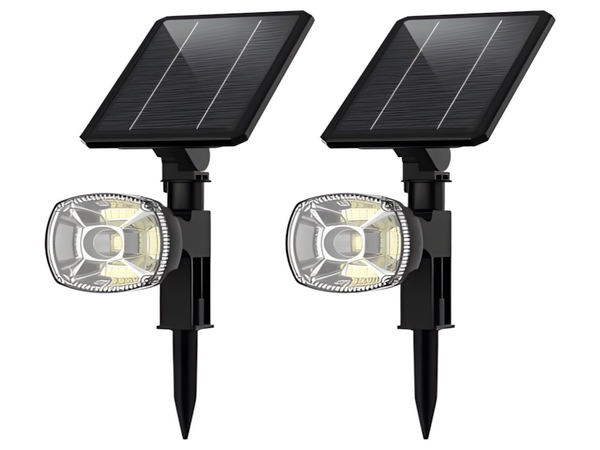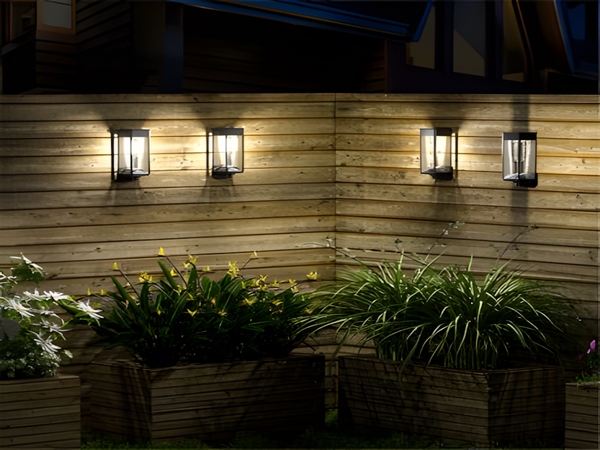
As one of the costly lighting fixtures, the replacement of high pole lights is not an easy task; it is not simply about buying a new one when it breaks down, but rather involves multiple repairs for reusability within its operational range. Thus,
daily maintenance of high pole lights
is essential, as it can prevent severe damage and extend the lifespan of the lights. Regular maintenance should be carried out, and below we briefly outline the top 10 maintenance tasks for high pole lights:
1. Check the hot-dip galvanizing corrosion prevention condition of all black metal components of the high pole lighting facilities, and ensure that the anti-loosening measures for fasteners meet the required standards.
2. Inspect the verticality of the high pole lighting facilities (using a theodolite to measure and test regularly as required); the allowable error at the pole top should be less than 3‰ of the pole height. The straightness error of the pole shaft should not exceed 2‰ of the pole length.
3. Check the mechanical strength of the lamp holder to ensure its safe use, especially verifying the heat dissipation of closed lamp holders.
4. Inspect the surface and welds of the lamp pole for any corrosion. For those with extended service life that cannot be replaced, ultrasonic or magnetic particle testing methods should be employed for weld inspection when necessary.
5. Check the tightening bolts of the lamp bracket and adjust the projection direction of the lights appropriately.
6. Carefully examine the wires (soft cable or soft wire) inside the lamp holder to check for excessive mechanical stress, aging, cracking, or exposed wires. Any hazardous conditions should be addressed immediately.
7. Replace and repair damaged electrical components of the light source.
8. Perform electrical performance checks, inspecting the insulation resistance between the power supply line and ground, which should not be less than 10MΩ.

9. Check distribution and control equipment.
(1) The distribution lines and lamp holder circuits should be securely connected.

(2) Wire connections should be firm and reliable, with no looseness or disconnection.
(3) Inspect the balance of three-phase loads and the control of night lighting.
(4) Check the connections in the electrical compartment, ensuring they are securely fixed against potential twisting, bending, and vibration without looseness.
10. Focus on checking the lifting drive system.
(1) Verify both manual and electric functions of the lifting drive system, ensuring the mechanism operates smoothly and lifts stably and safely.
(2) The reduction mechanism should be flexible and lightweight, with reliable self-locking functionality. The gear ratio should be reasonable, and the speed of the electric lift should not exceed 6m/min (measured with a stopwatch).
(3) Inspect for any broken strands in the stainless steel wire rope; if found, it should be replaced immediately.
(4) Check the overload clutch and other protective devices in the drive system.
(5) Check the electrical and mechanical limit devices for the lamp holder’s ascent and descent, including limit devices and over-travel limit protection devices.
(6) When using a single main wire rope, check the reliability of the braking or protective devices to prevent accidental falls of the lamp holder. After the lamp holder reaches its position, ensure the automatic hook and release device functions smoothly.
(7) Inspect the internal wiring of the pole, ensuring it is securely fixed with no pressure, pinching, or damage.
With years of production experience and advanced manufacturing equipment, we guarantee quality, competitive pricing, and reasonable configurations. For inquiries regarding LED high pole lights, please contact our
customer service
.



